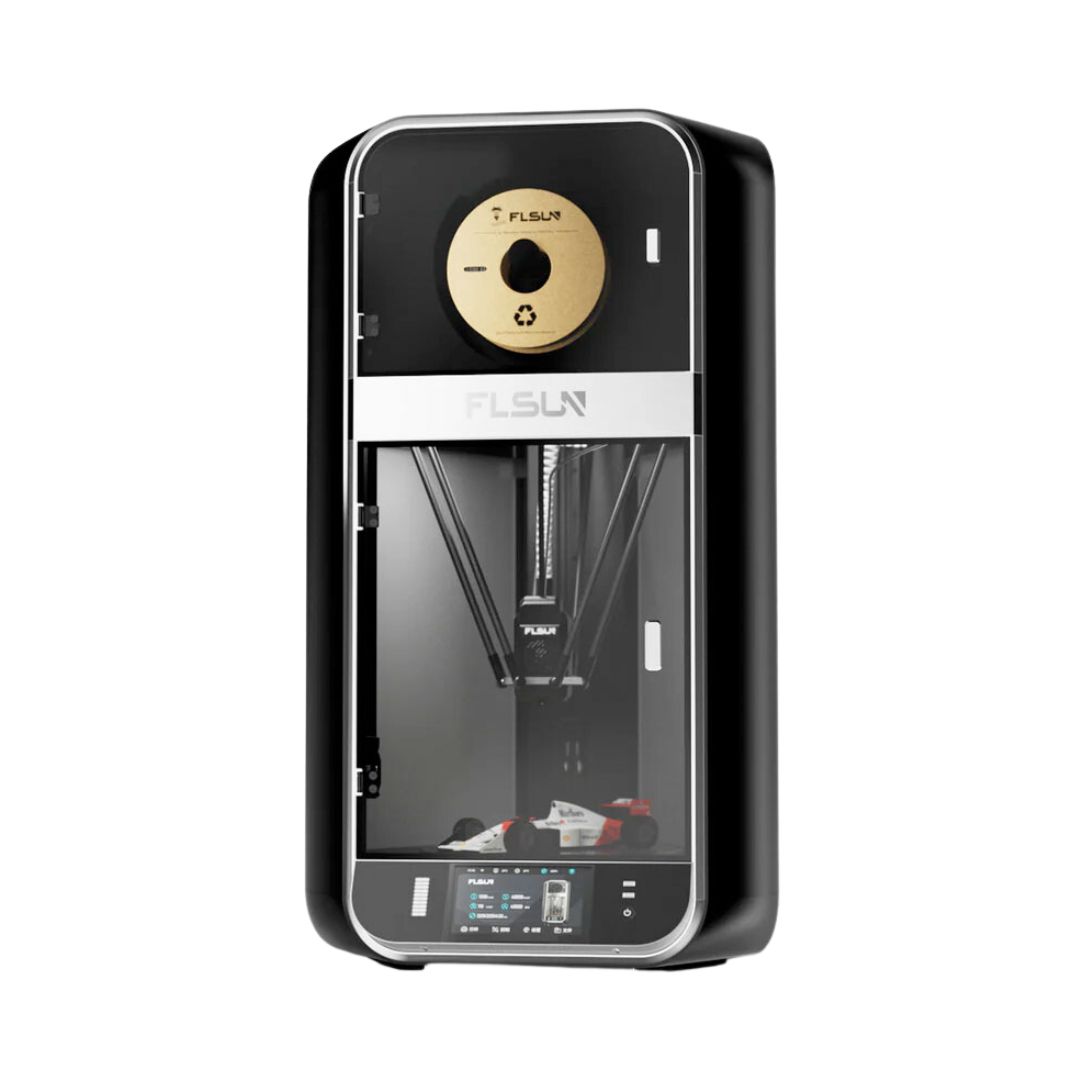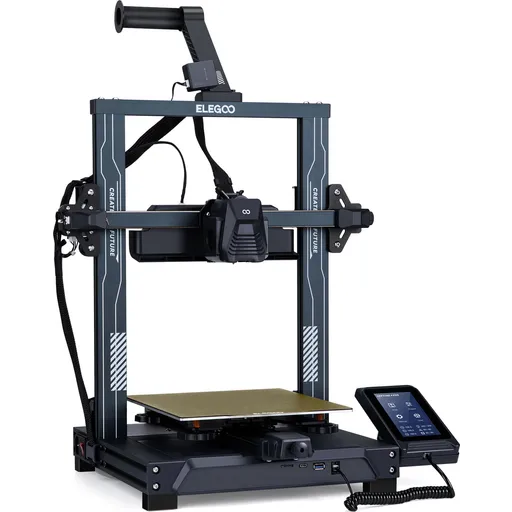Compare S1 PRO vs Neptune 4 PRO
Comparison between the best 3D printers
Choose the best 3D printer at the best price. The cheapest 3D printers are here.
Buy a 3D printer here with 3D Fila.
 |
 |
|
| Model | S1 PRO |
Neptune 4 PRO |
| Printing Material | Filament | Filament |
| Buy Filament for FLSUN S1 PRO | Buy Filament forElegoo Neptune 4 PRO | |
| Estimated price | $1500,00 | $359,00 |
| Manufacturer | FLSUN | Elegoo |
| Release Year | 2024 | 2023 |
| Print Volume [mm] | 320x320x430 | 225x225x265 |
| Printer Size [mm] | 450x450x1200 | 475x445x515 |
| Weight [kg] | 41 | 8,9 |
| Power Loss Recovery | YES | YES |
| Enclosed printer | YES | NO |
| Bed Leveling | Automatic | Automatic |
| Filament End Sensor | YES | YES |
| Bed type | Heated | Heated |
| Power supply system | Direct Drive | Direct Drive |
| Standard nozzle | 0,4 | 0,4 |
| Maximum Nozzle Temperature [°C] | 350 | 300 |
| Maximum Bed Temperature [°C] | 120 | 110 |
| Maximum printing speed [mm/s] | 1200 | 500 |
| Filament holder | YES | YES |
| Camera for supervision | YES | YES |
| Recommended filaments | PLA, PETG, TPU, ABS, ASA, Nylon, PC, PP, HIPS | PLA, PLA+, TPU, PETG, Nylon, ABS |
| Recommended slicers | FLSun Slicer 2.0, Orca Slicer | Bambu Studio, Super Slicer, Cura, Prusa Slicer, Orca |
| Maximum Resolution [mm] | 0,01 | 0,1 |
| Processor | ARM 64 bit | |
| Display | Touchscreen 7'' | Touchscreen 4,3'' |
| Power Supply | 500W 110-240V, 50/60HZ | 310 W |
| Connectivity | Wi-Fi, USB, app FL Sun World | USB, microSD |
| Operating systems | Windows, Mac | Windows, Linux, Macbook |
| Date of registration in the system | 2024-12-16 | 2024-07-02 |
| Release date | 2024 | 2023 |
| Extra features | The FLSUN S1 Pro is a high-speed Delta 3D printer, reaching up to 1200 mm/s with 40,000 mm/s² acceleration. It features a build volume of 320 mm (diameter) x 430 mm (height), a 350°C hotend, dual-zone heated bed up to 120°C, a 50°C heated chamber, and an active filament drying holder. It includes a camera for remote monitoring, integrated UPS for power-loss safety, a HEPA filter, and a 7 touchscreen interface. Perfect for large and complex projects. | The Elegoo Neptune 4 Pro stands out for its advanced features, including pre-installed Klipper firmware, a dual-gear direct extruder with a 5.2:1 ratio, a high-temperature nozzle (up to 300°C), a flexible magnetic PEI platform, efficient cooling fans, and a 121-point auto-leveling system. The printer also features a 4.3-inch touchscreen interface, dual linear bars on the X and Y axes, and a segmented heated bed for energy savings. |
| Support for multiple colors and materials (AMS and CFS) | NO | NO |
Notes * |
||
| Cost-benefit | 7 / 10 | 7 / 10 |
| Hardware | 5.4 / 10 | 3.2 / 10 |
| Tela | . | . |
| Print volume | 4 / 10 | 3 / 10 |
| Performance | 9 / 10 | 4 / 10 |
Conclusion |
| In concluding the comparison between the FLSUN S1 PRO and the Elegoo Neptune 4 PRO, it's evident that both printers have their distinct advantages tailored to different user needs. The FLSUN S1 PRO, though significantly more expensive, offers a larger print volume, higher maximum printing speed, and superior temperature capabilities, making it an excellent choice for advanced users who work on large and intricate projects. Its enclosed design and advanced features such as automatic bed leveling, power loss recovery, and remote monitoring enhance usability and reliability, justifying its price point. In contrast, the Elegoo Neptune 4 PRO caters to budget-conscious users without compromising on essential features. Its smaller print volume and lower maximum speed may limit some advanced applications, but it remains a solid 3D printer, especially for those new to the technology or those who primarily work with standard materials. The pre-installed firmware and user-friendly setup contribute to its appeal, making it a viable option for hobbyists or casual users. Ultimately, the choice between these two models depends heavily on the user’s specific requirements: if extensive capabilities and professional-grade output are paramount, the FLSUN S1 PRO stands out; however, for those seeking a budget-friendly yet capable printer, the Elegoo Neptune 4 PRO presents a commendable option. Users should assess their project needs and budget constraints to determine which printer aligns best with their goals. |

